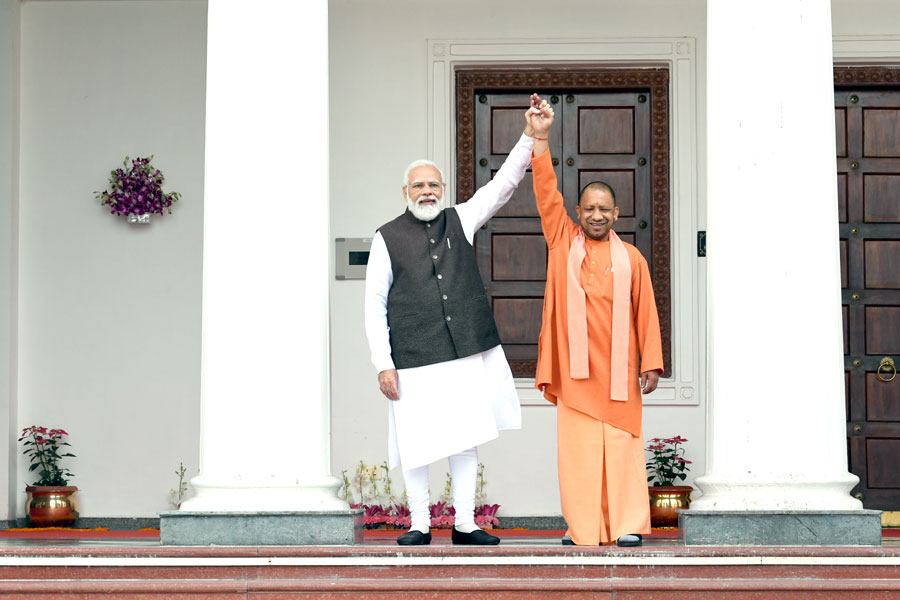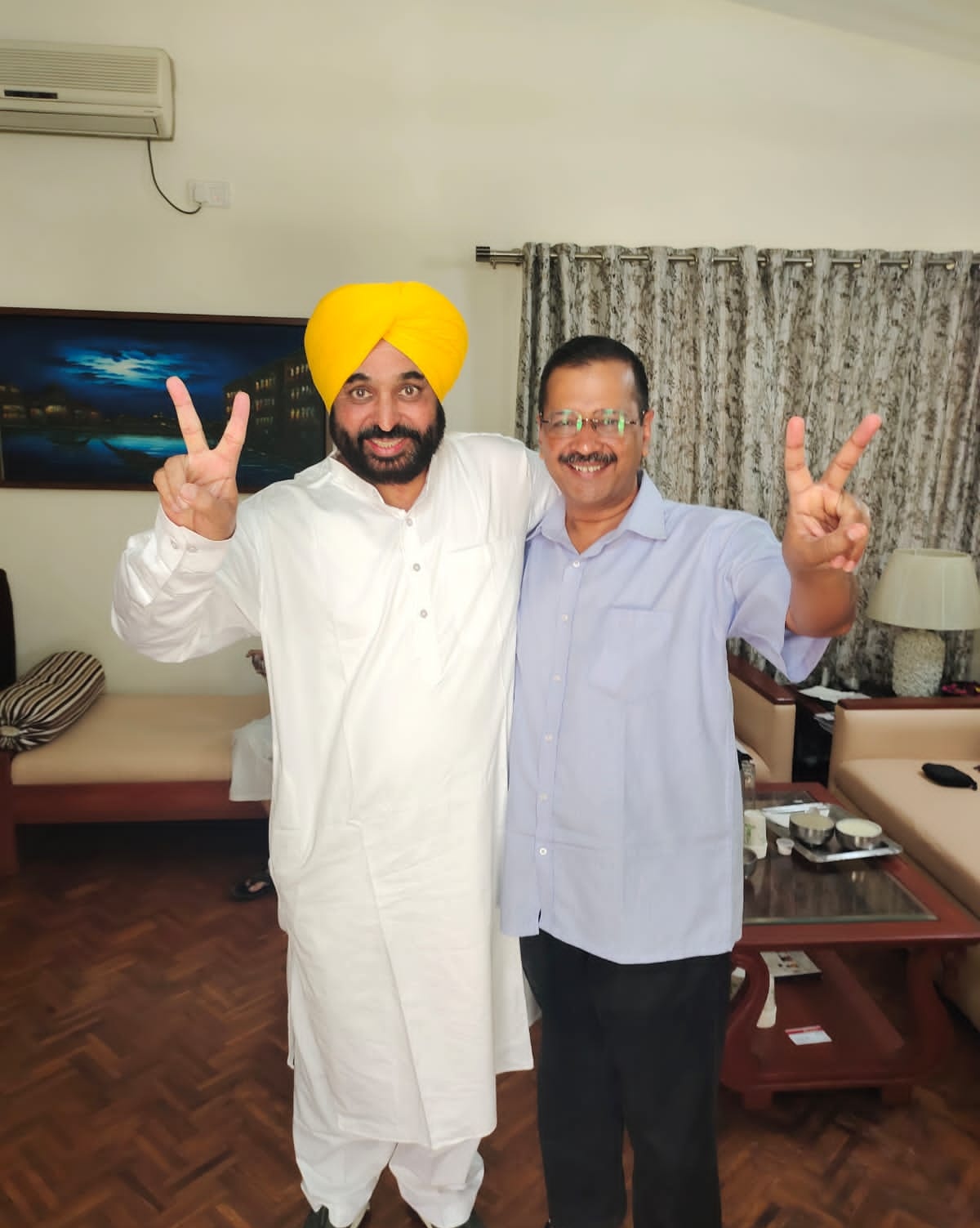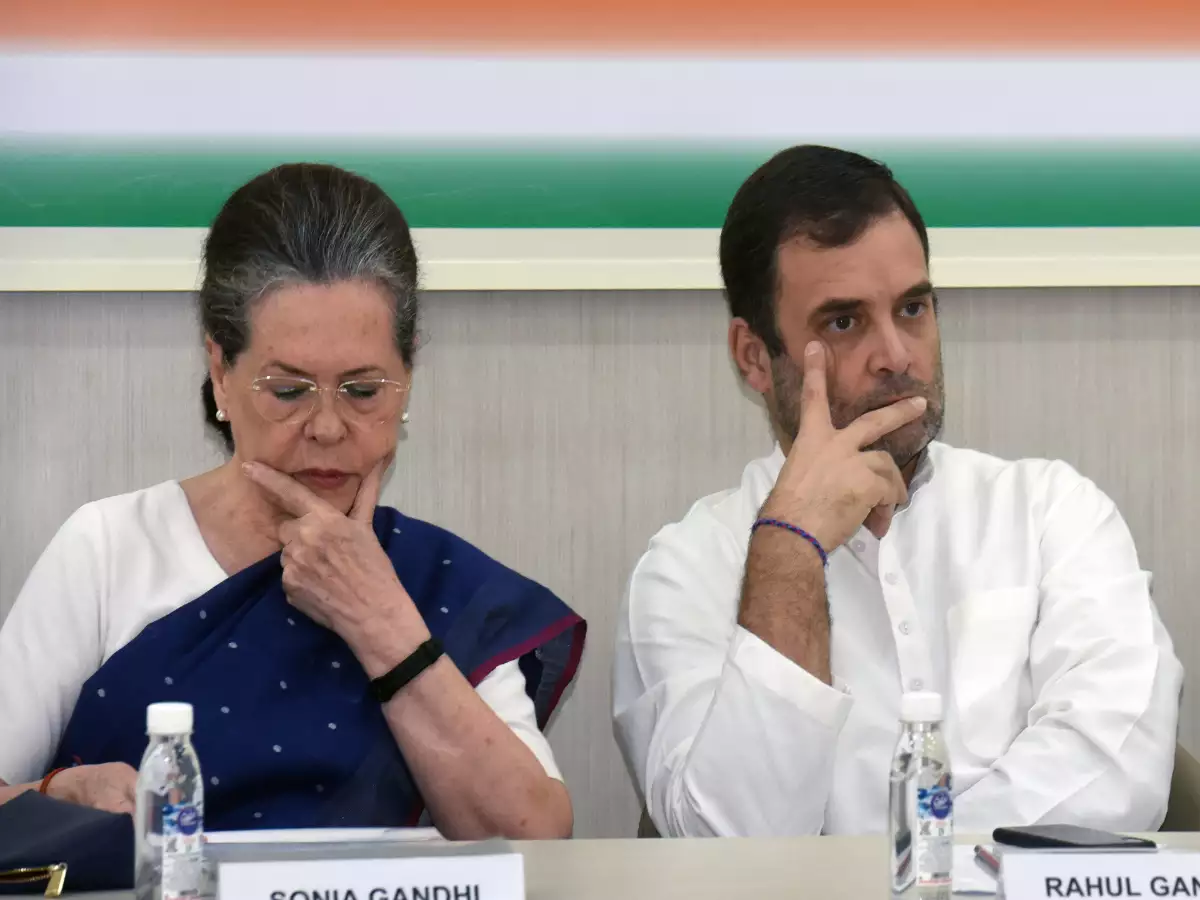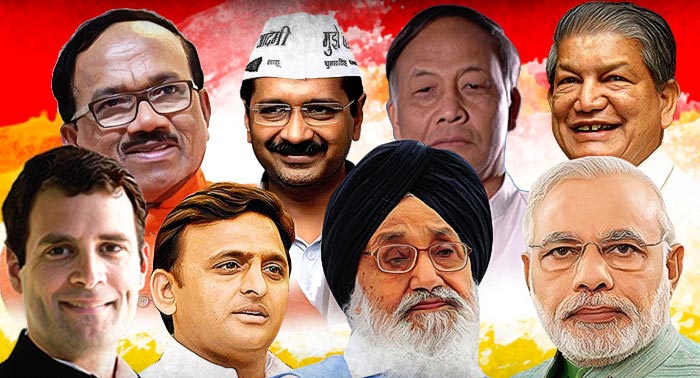If the election to five diverse states, including the crucial battle in Uttar Pradesh, is a referendum for Prime Minister Narendra Modi’s third attempt at the Centre in 2024, he has won it hands down.
In a record of sorts, Uttar Pradesh Chief Minister Yogi Adityanath is the first BJP incumbent in the State to complete a five-year term and the first in three decades to get a second term.
Yogi may have emerged stronger, but the victory belongs completely to Narendra Modi in the same way as it does in Uttarakhand, Goa and Manipur — the four states that the BJP retained.
As the latest trends came, the BJP with 250 and its allies put together led on 270 seats in a House of 403 as against 325 in 2017 and the toughest contender Samajwadi Party of Akhilesh Yadav was way behind with 115 seats and 14 of the allies, though with a huge jump after 47 seats in 2017.
But there is a huge catch — the unprecedented victory of Arvind Kejriwal’s Aam Aadmi Party in Punjab with as many as 92 out of 117 seats. From 22 in 2017, the AAP has risen to 92 with over 42% voteshare. The ruling Congress came crashing from 77 seats earlier to 18 now with a share of 23% of the vote.
For one, all stalwarts cutting across the Congress and the Shiromani Akali Dal bite the dust in the Punjab.
The stalwarts include Capt Amarinder Singh, Chief Minister Charanjit Singh Channi losing both seats he contested, Navjot Singh Sidhu and even actor Sonu Sood’s sister Malvika Sood. The bigger shock was the defeat of Parkash Singh Badal and his son Sukhbir Singh Badal from the Akalis.
The emergence of Arvind Kejriwal on the national firmament with the emphatic Punjab victory and opening of account with two seats in Goa is not the only takeaway for the country, but also forms the genesis of the challenge that the BJP may face for 2024 despite Thursday’s triumph.
These results have lessons for BJP. Here’s how?

Notwithstanding all its good governance claims, the BJP’s campaign centred around its time-tested strident Hindutva theme with Modi, Amit Shah and Yogi constantly harping on it.
If Yogi spoke of the “80-20 formula (Hindus versus minority Muslims”, Prime Minister Modi wondered at a Kanpur Dehat rally if this was a democracy where all parties seem to be dividing the Hindu vote and asked, “whose votes are you trying to get”.
At a rally, Modi even asked why was it all terrorist bombs were fitted on bicycles which is the election symbol of the Samajwadi Party. He was referring to the 2008 serial blasts in Ahmedabad where several explosives were tied to bicycles and a court verdict in the case had just come in February.
All this was in the backdrop of the high-octane flashy inaugural of the Kashi Vishwanath corridor in Varanasi by the Prime Minister is his own constituency in January where he had famously stated that nothing could move here against the wishes of Lord Mahadev.
And this was a few months after a controversial Vishwa Hindu Parishad dharma sansad in Uttarakhand where highly provocative anti-minorities speeches were made and created a national uproar.
Despite this, the BJP and allies fell from 325 seats in 2017 when they had no chief ministerial candidate in Uttar Pradesh to 250 and from 57 to 48 in Uttarakhand.
Among other things, Punjab elections were held in the backdrop of the farmer agitation against the controversial agricultural laws that had to be per force withdrawn. Goa and Manipur, which had returned Congress as the single largest party, later went to the BJP after defections.
BJP won Goa with seven seats more at 20 and Manipur with an increase of three seats at 24.
Triumph for AAP:

After winning Delhi in a second consecutive term, the AAP has steadily improved its national footprint and any opposition grouping against the ruling BJP in the future may not happen without Kejriwal in a key role. Political analysts say with him there is a competition of sorts for Mamata Banerjee in the national picture.
After being the largest opposition party in Punjab with 22 seats in 2017, the AAP climbed to 92 bagging 79% of the total 117 seats in the Assembly. The party also won two seats in Goa.
Not to forget the forays the AAP is trying to make in Modi and Amit Shah’s home state of Gujarat. It emerged as the main opposition party in the Surat Municipal Corporation elections exactly a year ago.
More recently in December, it forced the newly-formed Bhupendra Patel Government to cancel a major head clerks exam to fill up 186 posts after exposing a huge paper leak scam. As many as 88,000 aspirants had appeared in the test. It was unprecedented that a massive group of AAP activists subsequently laid siege to the Gujarat BJP headquarters — something no party had dared to earlier.
Congress decimation continues:

So the Congress has lost Punjab, the only state it had out of the five that went to the polls. While it wasn’t ever able to handle its leadership crisis in the State, it could not do much even with the farmers unrest of the farm bills.
And in UP, the party was almost groping in the dark for the right issue that could influence the voters in Uttar Pradesh. Congress general secretary Priyanka Gandhi even attempted an emotional pitch telling people that, “I am angry with you that you allowed goons and exploiters and liars to win” that despite such a mess they had created in Uttar Pradesh.
As the chief minister, Narendra Modi used to tell the opposition and the media that they would have to follow the agenda that he sets. As though falling in this trap, Congress leader Rahul Gandhi at a massive rally against price-rise, “Mahangai Maha rally,” in Jaipur last year, challenged the BJP’s Hindutva claims and stated that Hinduism is not what the saffron forces practised but communal divide.
At an intellectual level, he was analysing the politics of Hindutva but it didn’t cut much ice with the people while the entire rally was aimed at how the common people suffered because of increasing prices of essential commodities under the BJP rule.
Besides being unable to identify issues with a sharpened focus, the grand old party continues to be plagued with intra-party issues and leadership crisis.
Read Also: Analysis: Assembly Election Results 2022


















